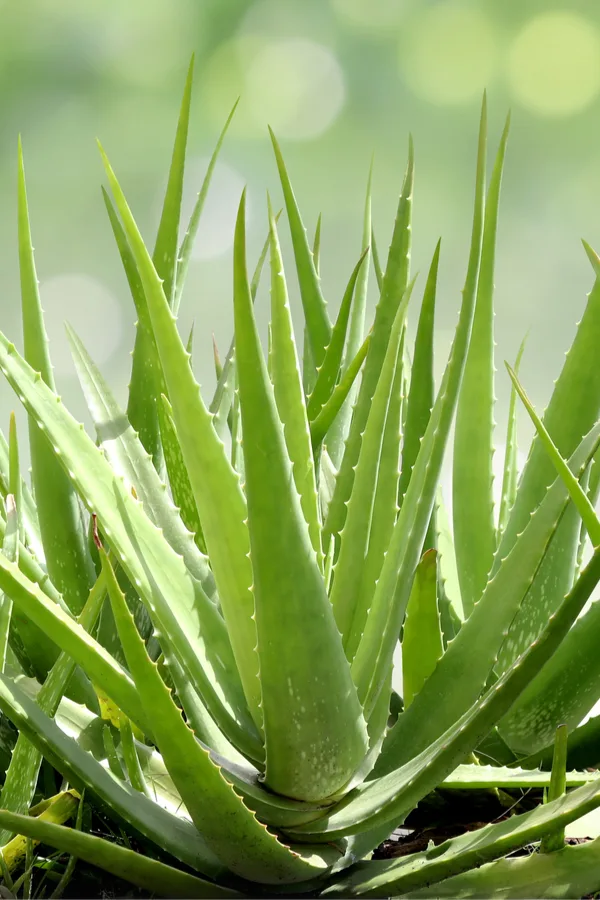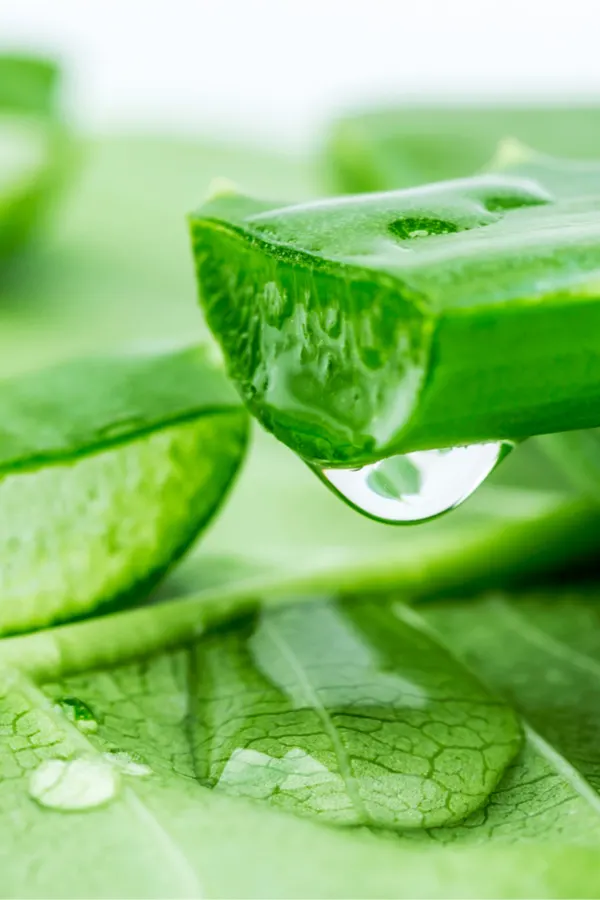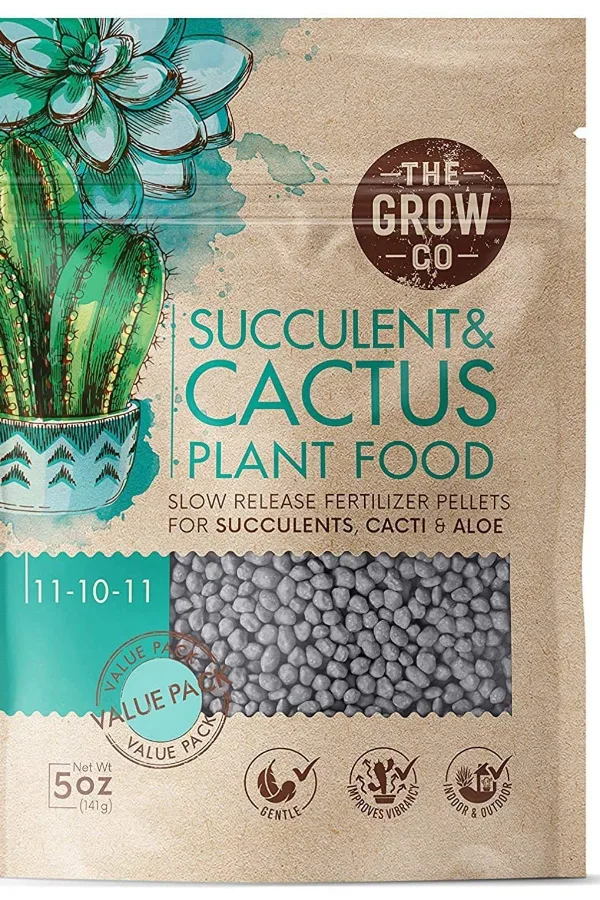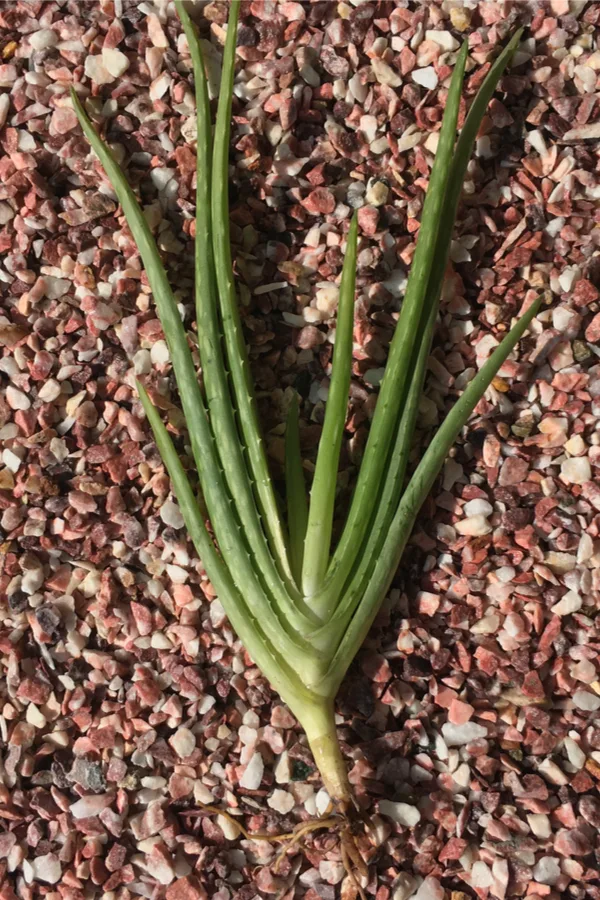If you are looking for a houseplant to grow that adds more than just a little color and interest to your interior space, look no further than the wonders of aloe vera!
Aloe vera is actually one of the most unique, gorgeous and useful houseplants you can grow. Not only are the thick, prickly leaves of aloe vera beautiful, they also happen to contain quite the magical substance.
Long known for having both antibacterial and antiviral properties, aloe plants are a medical wonder. The leaves of the aloe vera plant contain a dense, sticky gel. And that gel that has been coveted for centuries by a wide array of cultures for the many healing properties and benefits it brings.

In fact, the gel is great for soothing anything from sunburns, minor cuts and abrasions, to curing dry skin and burns. Not only does the gel help to heal, it’s antibacterial properties can help to keep infection out as well.
Growing Your Own Aloe Vera At Home
Perhaps best of all, aloe vera is one of the easiest plants of all to grow as a houseplant. It is both durable and low-maintenance. And using it’s healing gel is as easy as cracking open a leaf and applying!
And it doesn’t have to be confined to your interior spaces all the time. Aloe vera can also be brought outdoors in the spring, summer and fall to lend it’s beauty to porches and patio spaces as well. Here is an in-depth look at how to grow and maintain your own aloe vera plants with ease!
How To Grow Aloe Vera As A Houseplant
Just like a cactus, aloe vera is a member of the succulent family. As with other cacti species, aloe grows best in warmer temperatures. And that is important to remember when growing indoors as a houseplant.

One of the biggest keys to successfully growing aloe vera is to select a room that receives plenty of light and warmth. The best location of all is a southern facing window. This allows them the greatest chance to receive the most amount of bright, indirect light. If not available, a western facing window is the best second choice.
As for heat, somewhere between 60 and 80 degrees (Fahrenheit) is the ideal temperature for aloe vera. Be careful to avoid rooms that have large swings in temperatures from day through the night. The more consistent the warmth is, the better the plant will perform.
For growing outdoors, plants can be brought outdoors on porches and patios once the threat of a frost or freeze has passed, and night time temperatures don’t dip below 50 degrees.
Watering & Fertilizing – How To Grow Aloe Vera
When it comes to keeping your plant healthy and vibrant, watering your plant properly is another big key to success. Aloe vera plants suffer far more from over-watering than under-watering. As a cacti member, the plant can go long stretches without moisture. But it struggles mightily when it gets too much.

In general, plants should be watered about once every 21 days. Soak plants thoroughly when watering, but be careful to remove any excess water that might drain through to a bottom tray or saucer.
Allowing standing water to remain below can cause major issues for aloe vera. Saturated roots are unable to soak up additional moisture. Making it worse, as the water sits, it can easily rot root structures, killing the plant in the process.
Fertilizing – How To Grow Aloe Vera As A Houseplant
When it comes to fertilizing aloe, a little goes a long way. Aloe vera does not require or use heavy minerals and nutrients from the soil. Heavy or strong fertilizers are simply not necessary, so using a light mix made specifically for succulents or cacti is the best choice. Product Link : Succulent & Cacti All Purpose Plant Fertilizer
As a rule of thumb, apply a light dose of succulent or cacti fertilizer every other month. Just remember, with aloe vera, less is more when it comes to watering and fertilizing! As an alternative, compost tea works great as well. Again, an every other month application provides more than enough nutrients. (See : How To Make Compost Tea)
How To Start Growing Aloe Vera – Cuttings & Dividing Plants
If you are starting from scratch, there are many reputable growers who sell aloe vera plants. You can often find them for sale in local nurseries or greenhouses, and they are available on line as well. See : Aloe Vera Plants For Sale – Garden Goods Direct

If you are lucky enough to have a friend, neighbor or family member already growing an aloe plant, you can create a second plant fairly easily by division. This is done by dividing a section off from an existing plant and planting in a new pot.
Aloe vera plants produce small side growths from the main plant known as aloe pups. Pups are essentially the small offspring or “children” of the parent plant.
By separating a pup from the main plant, it can be rooted to create an entirely separate plant. The process is actually quite easy to do (see below) and is a great way to get a start for free.
One final note on creating new plants from an existing plant – although it is possible to root a new aloe vera plants from a cutting, it is an extremely difficult process. In fact, cuttings tend to fail more often than not. It’s just one more reason dividing is the better choice.
How To Plant An Aloe “Pup” Offshoot – How To Grow Aloe Vera As A Houseplant
To divide an existing plant, look for a small pup growth at the base of the plant. Pups form on mature plants n a fairly regular basis. For young plants, it usually takes a few years before pups begin to grow.

For dividing, start by removing the plant completely from the soil to expose the root base. Be sure that the new growth has matured enough to take. It needs to be around 1/5 to 1/6th of the size of the parent plant for best success.
Use a sharp knife to slice the pup off from the main plant. A sharp knife ensures a clean cut. This aids the main plant in quick healing, and allows for better re-rooting of the new plant. Next, replant in a coarse potting soil mix that allows for plenty of drainage. (These mixes are specific for using with cacti and succulents)
Water With Care – How To Grow Aloe Vera As A Houseplant
Do not water the pup plant at all for the first 7 to 10 days after planting. The new plant has plenty of stored water to allow it to take. Unfortunately, additional watering will more than likely lead to the “pup” growth rotting off.
After the 7 to 10 day period passes, water the plant moving forward as you would your regular aloe vera plants – about every 21 days. Do not fertilize the plant for at least three months to allow its roots to settle in. Now it is time to sit back and enjoy your new plant!
Follow Our Facebook Page For Great Gardening Tips And Advice! This Is My Garden Facebook Page
This Is My Garden is a garden website created by gardeners, for gardeners. Jim and Mary Competti have been writing gardening, DIY and recipe articles and books and speaking for over 15 years from their 46 acre Ohio farm. They publish three articles every week, 52 weeks a year. Sign up today to follow via email, or follow along!

